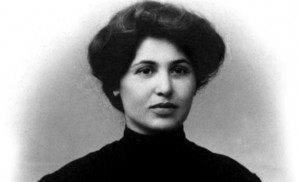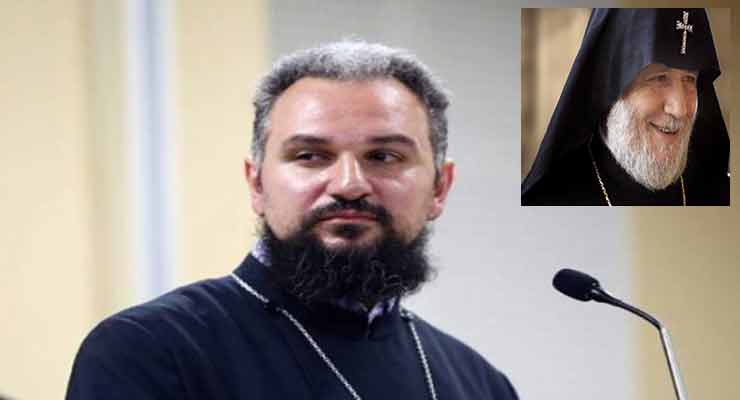
Catholicos’s life is in danger.
An emergency situation has been set up in Vayots Dzor province, where activists of the New Armenia, New Patriarch movement blocked the car of Catholicos of All Armenians Garegin II. An official from the Mother See of Holy Etchmiadzin told Armenpress. Director of the Echmiadzin Information System, Father Vahram Melikyan, today Catholicos of All Armenians Garegin II left for pilgrimage to Gndevank (Vayots Dzor Diocese) where the members of the well-known initiative blocked the movement of His Holiness. The road back to Gndevank is closed with cars and stones, and the members of the initiative sounded exhausted.
“The spiritual head of the Armenian Apostolic Holy Church is in danger. These actions are condemnable and should be punished by the strictness of the law, “said the director of the Echmiadzin Information System.
Արտակարգ իրավիճակ է ստեղծվել Վայոց ձորի մարզում ուր «Նոր Հայաստան, նոր հայրապետ» շարժման ակտիվիստները շրջափակել են Ամենայն Հայոց Կաթողիկոս Գարեգին Բ-ի մեքենան։ Ինչպես «Արմենպրես»-ին հաղորդեց Մայր Աթոռ Սբ. Էջմիածնի տեղեկատվական համակարգի տնօրեն Տեր Վահրամ Մելիքյանը՝ այսօր Գարեգին Բ Ամենայն Հայոց Կաթողիկոսը ուխտի էր մեկնել Գնդեվանք (Վայոց Ձորի թեմ), որտեղ հայտնի նախաձեռնության անդամներն արգելափակել են Վեհափառ Հայրապետի տեղաշարժը։ Գնդեվանքից վերադարձի ճանապարհը փակ է մեքենաներով և քարերով, նախաձեռնության անդամները սպառալիքներ են հնչեցնում։
«Հայաստանյայց Առաքելական Սուրբ Եկեղեցու հոգևոր պետին վտանգ է սպառնում։ Սույն գործողությունները դատապարտելի են և այլևս պետք է պատժվեն օրենքի ողջ խստությամբ»,- նշեց Էջմիածնի տեղեկատվական համակարգի տնօրենը։

 Court of General Jurisdiction of Shirak Marz chaired by judge Harutyun Movsesyan sentenced today Valeri Permyakov, Russian serviceman from 102nd Military Base, to life imprisonment over the mass murder of seven members of the Avetisyan family in Gyumri, Armenia, on January 2015.
Court of General Jurisdiction of Shirak Marz chaired by judge Harutyun Movsesyan sentenced today Valeri Permyakov, Russian serviceman from 102nd Military Base, to life imprisonment over the mass murder of seven members of the Avetisyan family in Gyumri, Armenia, on January 2015.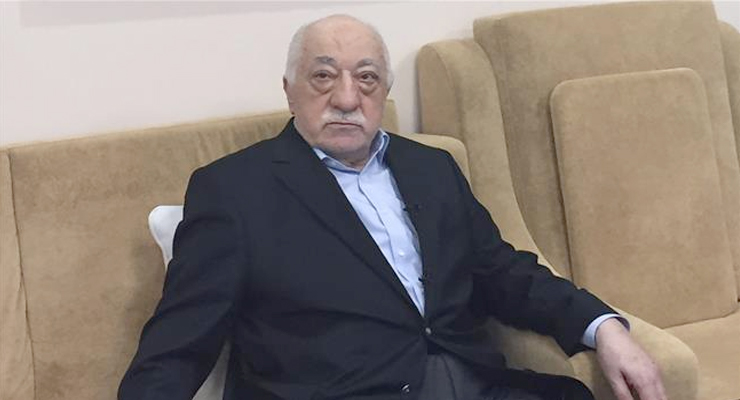 Turkish prosecutors have demanded two life sentences and an additional 1,900 years in prison for US-based cleric, Fethullah Gulen, whom Ankara blames for the failed mid-July coup.
Turkish prosecutors have demanded two life sentences and an additional 1,900 years in prison for US-based cleric, Fethullah Gulen, whom Ankara blames for the failed mid-July coup.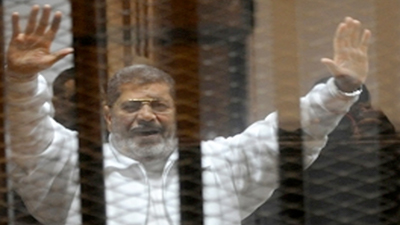 An Egyptian court Saturday, June 18 sentenced former Islamist president Mohamed Morsi to life in prison in an espionage trial in which six of his co-defendants were handed death penalties, AFP reports.
An Egyptian court Saturday, June 18 sentenced former Islamist president Mohamed Morsi to life in prison in an espionage trial in which six of his co-defendants were handed death penalties, AFP reports.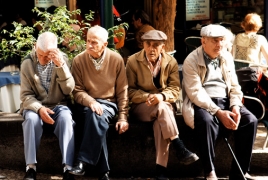 The World Health Organization (WHO) has published the report World Health Statistics: Monitoring Health for the Sustainable Development Goals, according to which Armenia’s life expectancy at birth in 2015 was 74.8 years for both sexes.
The World Health Organization (WHO) has published the report World Health Statistics: Monitoring Health for the Sustainable Development Goals, according to which Armenia’s life expectancy at birth in 2015 was 74.8 years for both sexes.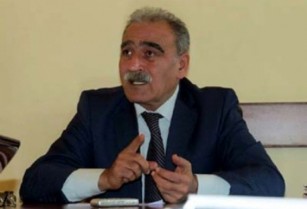 Azerbaijan violated not only signed in 1994 ceasefire, but other norms of the international humanitarian law, including the most important one – the right to life. All this is documented and can later be submitted to the relevant courts, which have the jurisdiction to investigate such matters.
Azerbaijan violated not only signed in 1994 ceasefire, but other norms of the international humanitarian law, including the most important one – the right to life. All this is documented and can later be submitted to the relevant courts, which have the jurisdiction to investigate such matters.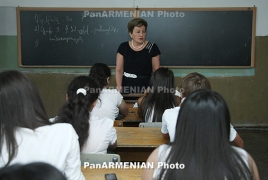 PanARMENIAN.Net – The World Health Organization got thousands of teenagers around the world to open up about their feelings.
PanARMENIAN.Net – The World Health Organization got thousands of teenagers around the world to open up about their feelings.